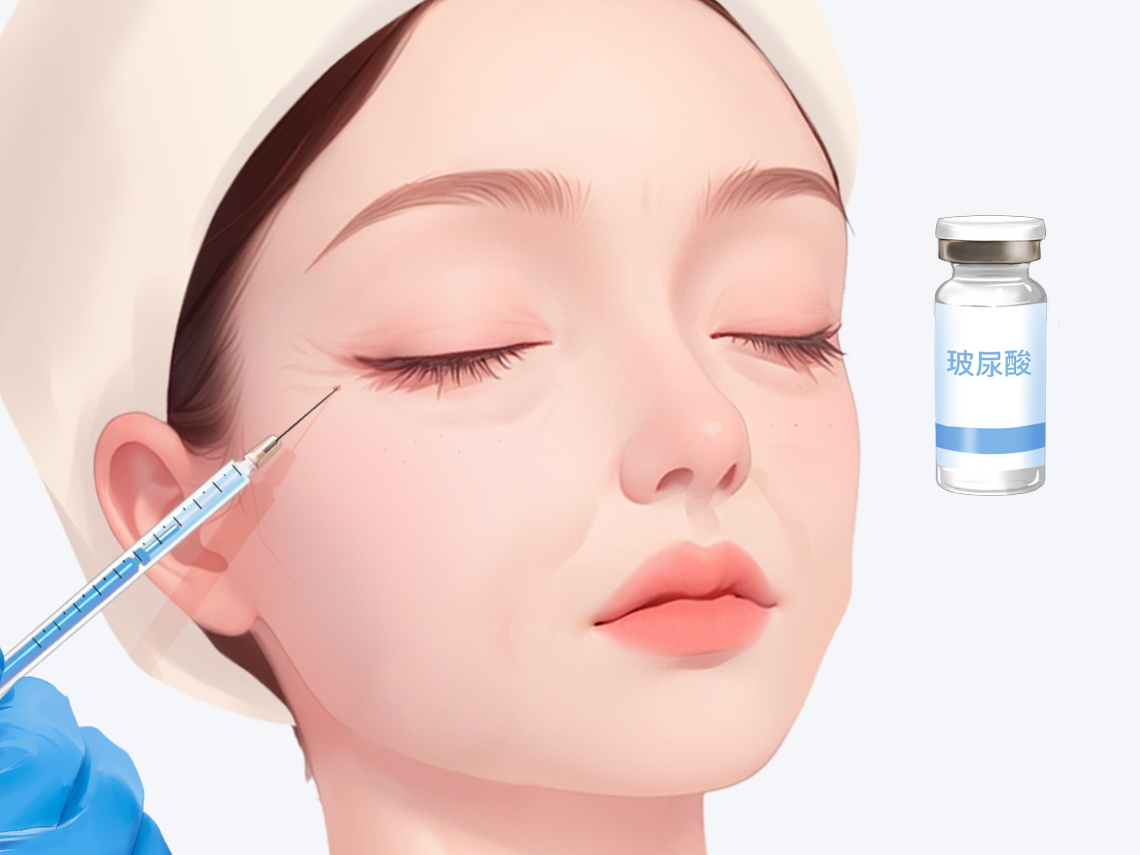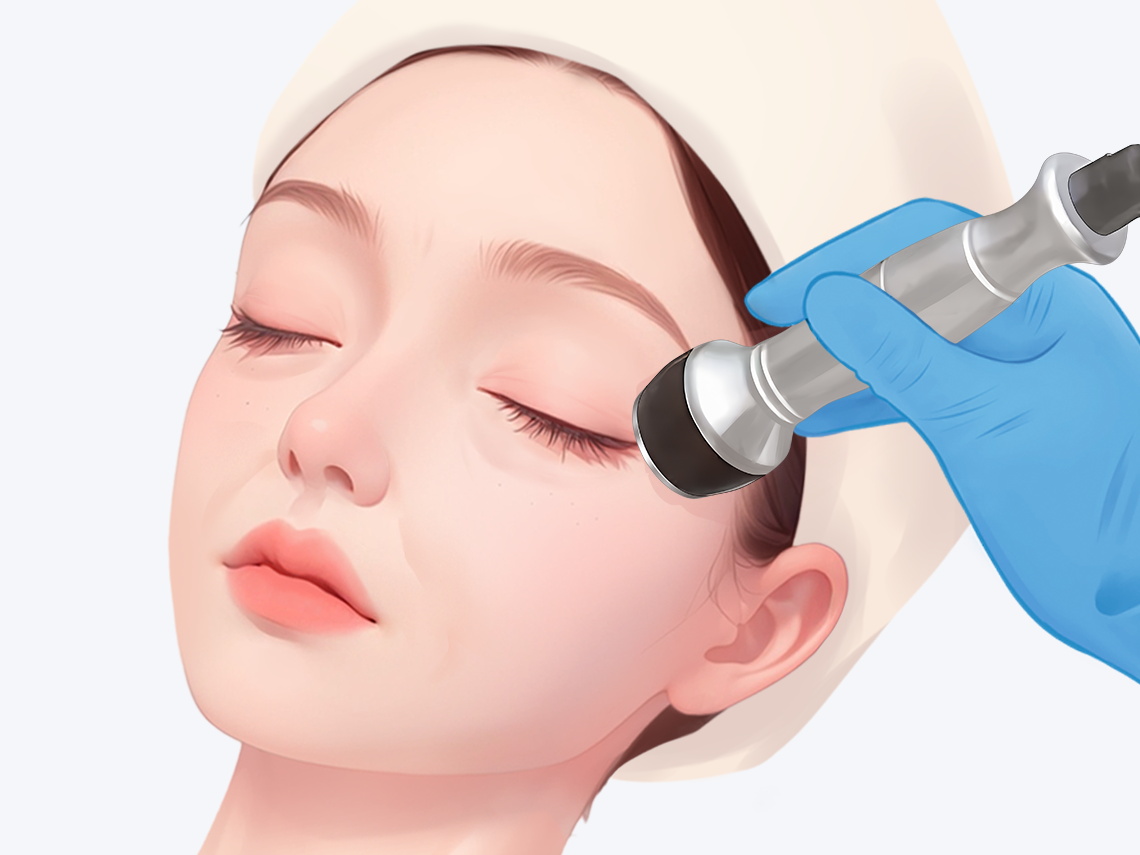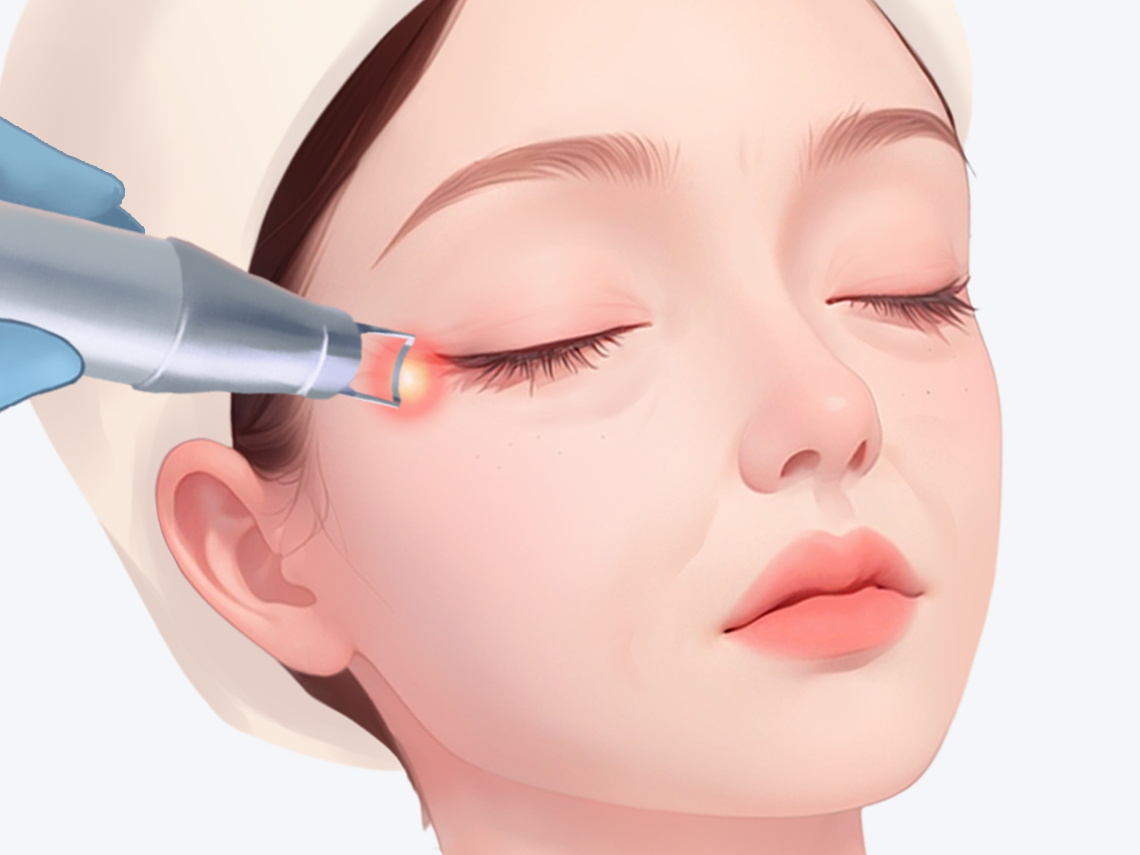What are some simple methods to eliminate crow's feet?
Generally speaking, there is no such thing as a "simple method to eliminate crow's feet." Crow's feet refer to the fine lines that appear at the corners of the eyes and may be associated with aging, excessive facial expressions, UV exposure, eye strain, genetics, and other factors. They can usually be improved through methods such as using eye creams, massage, and ensuring adequate sleep. If these measures are ineffective, medical aesthetic treatments such as hyaluronic acid injections, autologous fat grafting, radiofrequency wrinkle reduction, fractional laser therapy, or facial thread lifting may be considered. Individuals seeking treatment are advised to consult a reputable medical facility.
Analysis of the Causes of Crow's Feet:
1. Aging
As people age, collagen and elastic fibers in the skin gradually diminish. The skin around the eyes is among the thinnest on the body and thus more vulnerable to aging, leading to the development of crow's feet. Using an eye cream containing anti-aging ingredients such as retinol, peptides, or hyaluronic acid can help. After cleansing the face morning and night, gently massage the product from the inner corner of the eye upward, outward, then downward, and back to the starting point until fully absorbed.
2. Excessive Facial Expressions
Facial expressions are controlled by facial muscles. Repeated contraction and relaxation of the muscles around the eyes—such as during frequent laughing or squinting—can repeatedly stretch the skin. Over time, this causes the orbicularis oculi muscle to form permanent creases known as crow's feet. To minimize this, try to moderate facial expressions. Gently press your index and middle fingers against the orbicularis oculi muscles and massage in clockwise and counterclockwise directions for 10–15 rounds each, 2–3 times daily.
3. UV Exposure
UV radiation damages elastic fibers in the delicate eye area, causing skin laxity. It also stimulates melanocytes to produce excess pigment, leading to hyperpigmentation and the formation of crow's feet. When outdoors, apply sunscreen, wear sunglasses, and use wide-brimmed hats to prevent further worsening of wrinkles.
4. Eye Strain
Prolonged tension in the eye muscles impairs local blood circulation. Poor circulation deprives the skin of sufficient oxygen and nutrients while hindering the removal of metabolic waste, accelerating skin aging and promoting the formation of crow's feet. Reduce continuous screen time; take a 10–15 minute break every 40–50 minutes by looking into the distance or closing your eyes to rest.
5. Genetics
Some individuals naturally have thinner skin with lower elasticity, or inherit a predisposition to faster skin aging. If family members developed crow's feet early, an individual may experience them sooner as well. Treatments such as fractional laser therapy or facial thread lifting may help reduce their appearance.
Analysis of Treatments for Eliminating Crow's Feet:
Method |
Hyaluronic Acid Injection |
Autologous Fat Grafting |
Radiofrequency Wrinkle Reduction |
Fractional Laser Therapy |
Facial Thread Lifting |
Image |
|
|
|
|
|
Mechanism |
Injecting hyaluronic acid enhances skin support |
Fat harvested from another part of the body is filtered and injected |
Uses thermal energy from electromagnetic waves to stimulate collagen regeneration |
Laser beams stimulate deep dermal collagen and elastic fibers |
Protein threads are implanted into the dermis to stimulate reorganization of fibrous tissue |
Target Population |
Suitable for individuals with prominent static crow's feet |
Suitable for individuals with congenital or acquired underdevelopment of cheek soft tissues |
Suitable for individuals with mild to moderate skin laxity and fine wrinkles |
Suitable for individuals with all degrees of crow's feet |
Suitable for individuals with thin skin and minimal orbicularis oculi muscle |
Advantages |
1. Smoothes and tightens skin |
1. High biocompatibility |
1. High safety profile |
1. Minimally invasive |
1. Reduces wrinkles |
| Maintenance Duration | 6–12 months | 3–5 years | 1–2 years | 3–6 months | 1–2 years |
Potential Risks |
1. Risk of infection |
1. Risk of infection |
1. Risk of pigmentation |
1. May cause discomfort or pain |
1. Risk of bleeding |
Reference Price |
4,000–15,000 RMB per session |
2,000–8,000 RMB per session |
3,000–5,000 RMB per session |
















